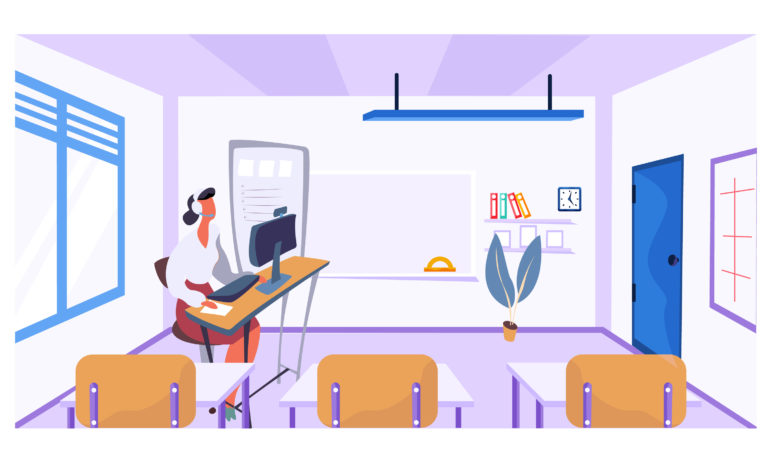After more than a year of remote teaching during the COVID-19 pandemic, many pre-university educators will find themselves back in physical classrooms this fall. For many, making the switch from remote learning to the physical classroom may come with some adjustment. But there may also be some things you will want to carry over from remote learning.
Sherrie Starkie, a science specialist at Coyote Creek Elementary School in San Ramon, California, taught more than 400 students remotely a week during pandemic lockdowns. She has since returned back to the physical classroom, but continues to use some useful strategies she learned while teaching remotely, which she highlights in this article from The Journal. These strategies include:
Using remote platforms more often: Before the pandemic, Starkie met with fellow science teachers at her school to coordinate lesson plans. Meetings were often infrequent, however. During the pandemic, they began to coordinate plans more frequently on Zoom and Google Docs, which gave them more flexibility. They also started using remote experiments from their curriculum provider. While Starkie won’t need to use remote experiments in the physical classroom, she plans to continue using them for her students who miss class.
Mixing up group lessons: During pandemic lockdowns, science teachers using Zoom often used the platform’s breakout session feature for class experiments. While this prevented them from being able to see what was going on in groups, it did allow them to mix their students into different groups more frequently, which increased interaction and engagement. To continue this, Starkie plans to regularly mix up students for group experiments and also regularly switch up their seating arrangements in the physical classroom.
Giving students more choice with materials: Before the pandemic, Starkie would determine what materials her students would use for science experiments. But once they were forced to work remotely, she had to let students choose what materials they used based on what was available in their homes. Surprisingly, the students learned things that were new and unexpected they would not have learned with more structured experiments. To make class more interesting, Starkie will continue to let her students have some personal choice over their experiments in the physical classroom.
Explore IEEE Try Engineering’s database of lesson plans to teach engineering concepts to your students, aged 4 to 18. Explore areas such as lasers, LED lights, flight, smart buildings, and more through our activities. All lesson plans are provided by teachers like you and are peer reviewed.



